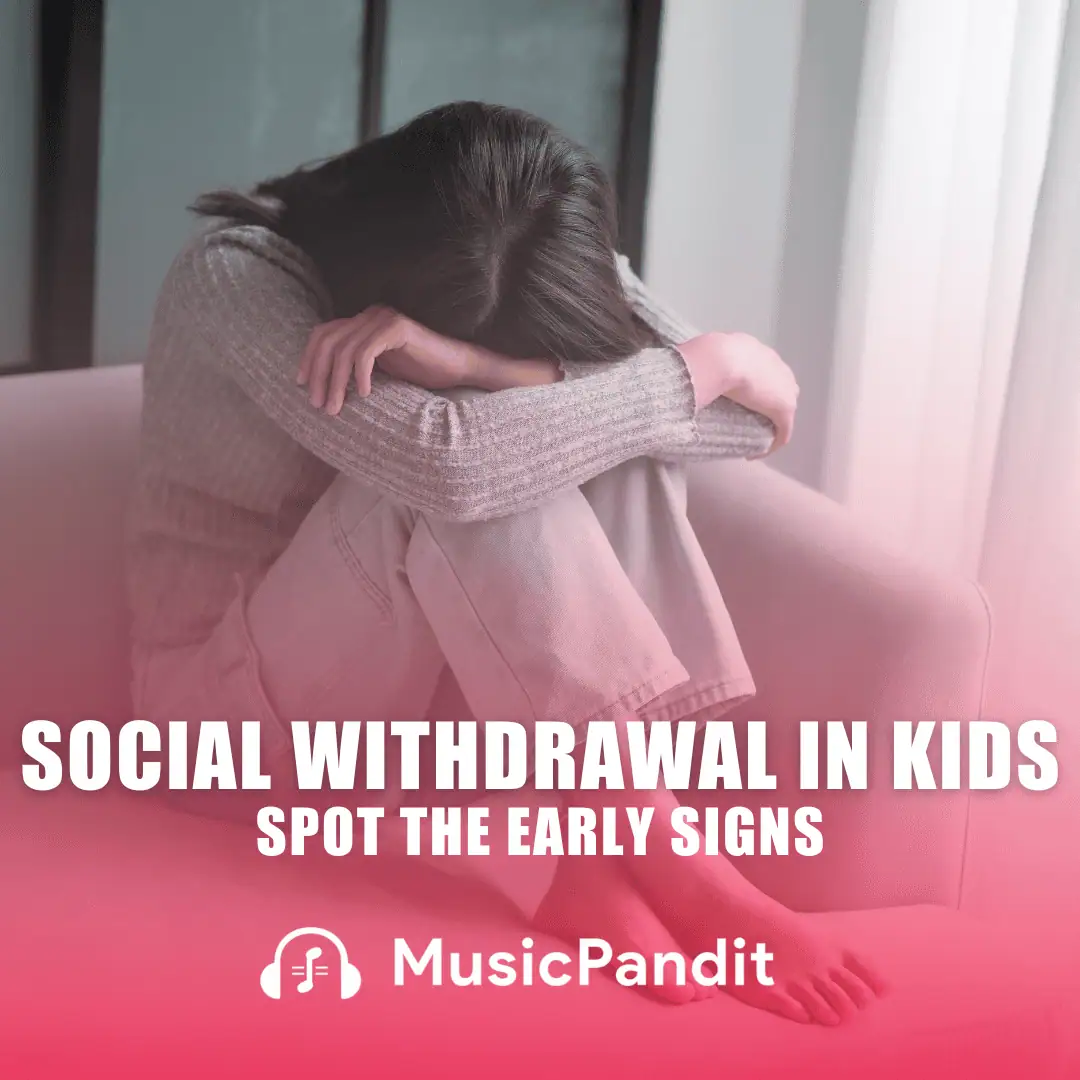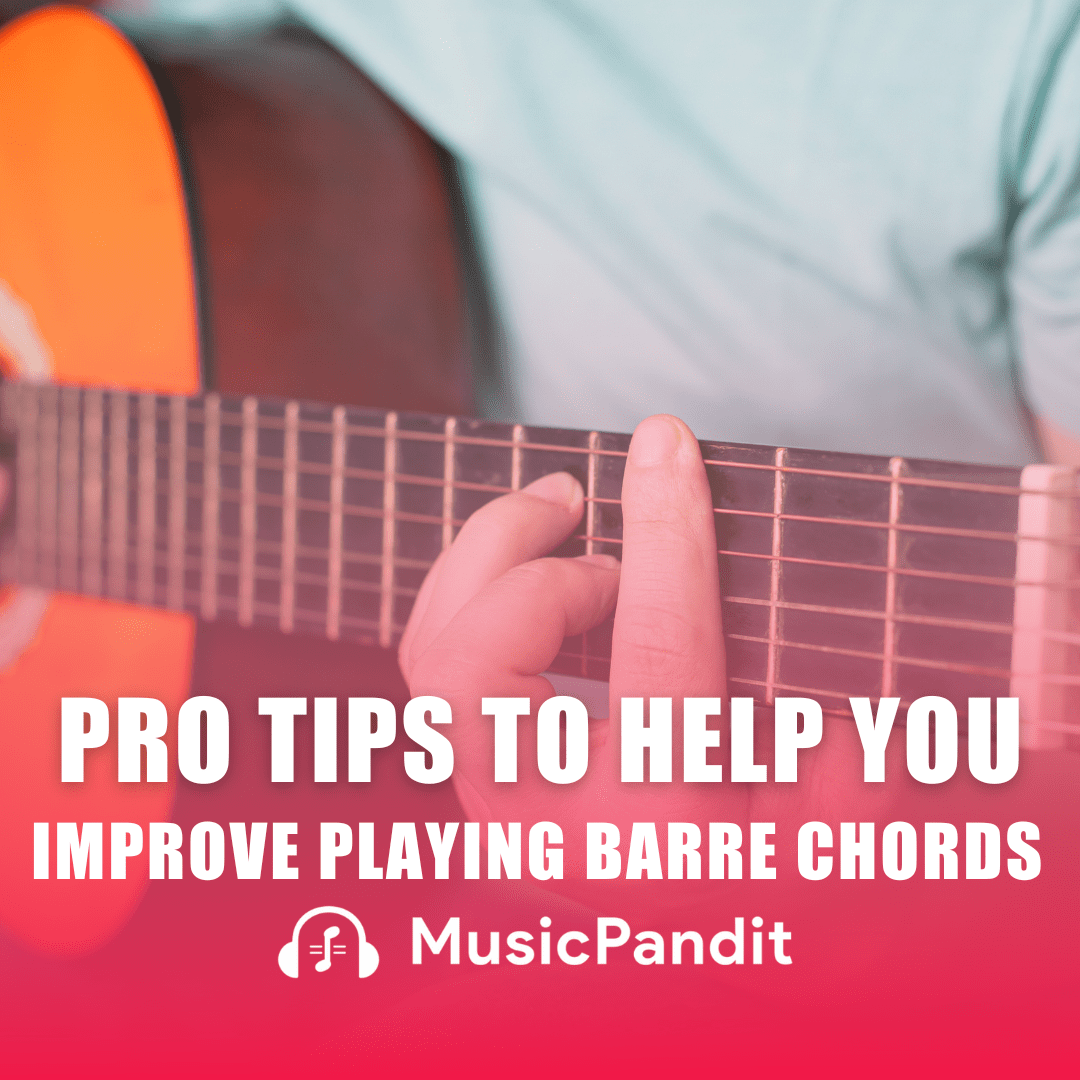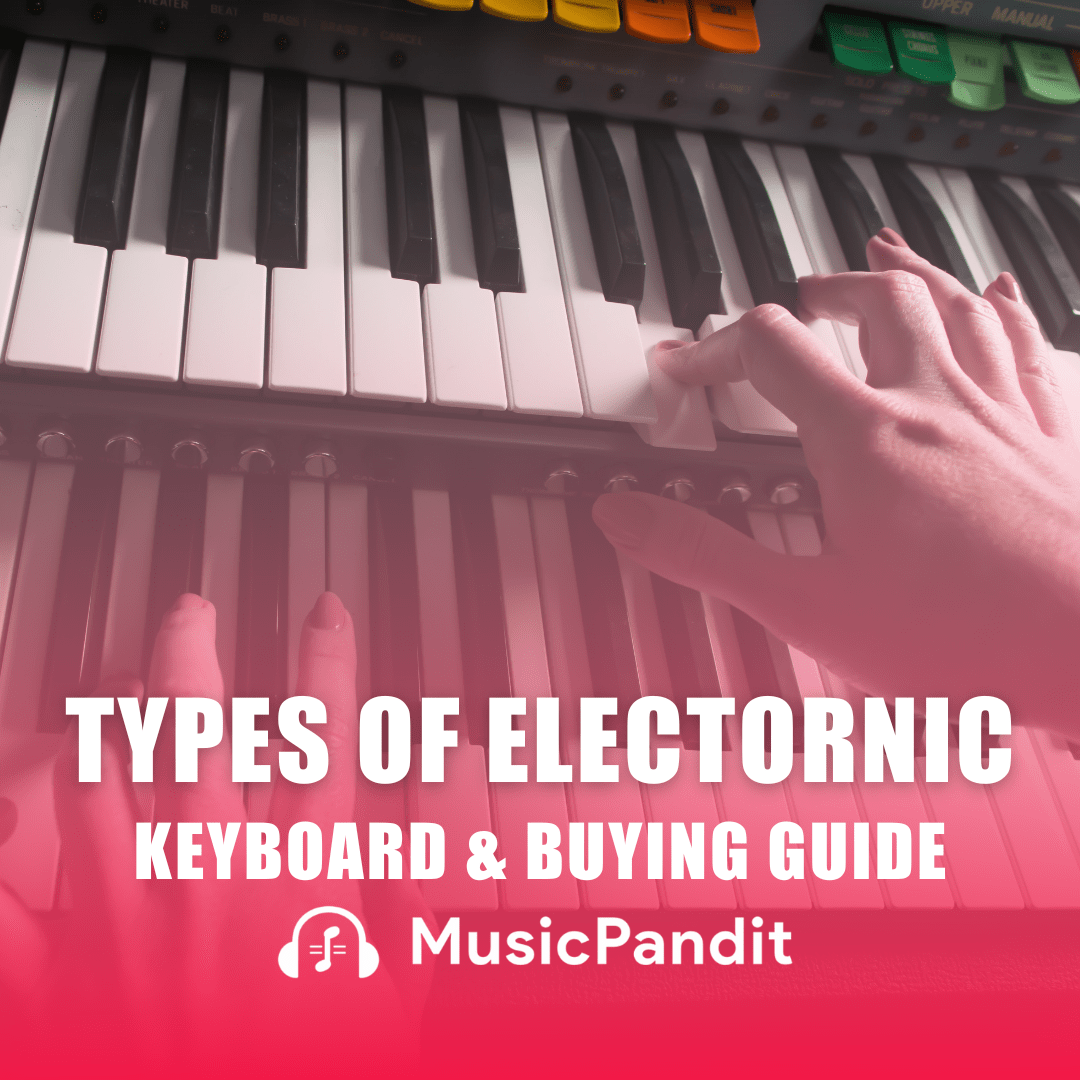Learning how to examine and read music notes can be an incredibly fun and rewarding experience for kids. It can further help unlock creativity and expression. This tutorial for kids on how to read music notes aims to simplify the fundamentals of musical notation, making it smooth and fun for younger children to understand a way to read musical notes. By the end of this guide, you’ll have a strong foundation within the critical elements of studying different aspects of music.
Whether you are a budding musician eager to play your favourite songs or honestly curious about the workings of song/piece, this blog will assist you to grasp the fundamental principles of studying music notes. We’ll break down the technique into easy, attainable steps, ensuring that learning music notes is both achievable and enjoyable.
Let’s dive into this interesting adventure and uncover the secrets and techniques of musical notation together.
Overview of Musical Notation
Musical notation is a system of symbols and signs and symptoms that constitute the sounds of song. These symbols inform musicians what notes to play, how long to play them, and sometimes even the way to play them. Understanding those simple music notes is crucial for anybody trying to play an instrument or sing.
Musical notation serves as a common language for musicians, enabling them to share and perform music written by others, regardless of where they come from or what language they speak.
In this tutorial, we will cover the crucial elements of musical notation. From the alphabet in music to the location of notes on the staff, you will gain clear information on a way to read music notes. We’ll start with the essential building blocks—the musical alphabet—and step by step introduction of more complex principles such as clefs, scales, and rhythms. By breaking down every thing, you will see how all of them fit collectively to create the beautiful tapestry of a track.
The Alphabet in Music
In music, the alphabet consists of seven letters: A, B, C, D, E, F, and G. These letters represent the primary song notes which are used to create melodies and harmonies. Once you already know those seven letters, you could start to apprehend a way to examine song notes. Unlike the regular alphabet, which continues on to Z, the musical alphabet repeats itself after G. So, after G comes A once more, and the cycle continues.
Learning the musical alphabet is just like gaining knowledge of the regular alphabet. It’s vital to memorise these letters and their sequence, as they shape the basis for all music notation. To help with memorization, you can use mnemonic gadgets or songs.
For instance, you would possibly not forget the collection as “A Big Cat Dances Elegantly For Granny.” With exercise, spotting and gambling these notes turn into second nature, making it less complicated to read and play music.
The Staff and Clefs: Note Names and Principles
The staff is like a musical grid wherein notes are placed. It consists of 5 lines and 4 spaces, each representing a different pitch. The function of the note at the staff tells you which note to play and how high or low it sounds. Notes can be placed on the lines or inside the areas, and each role corresponds to a particular word (note) within the musical alphabet.
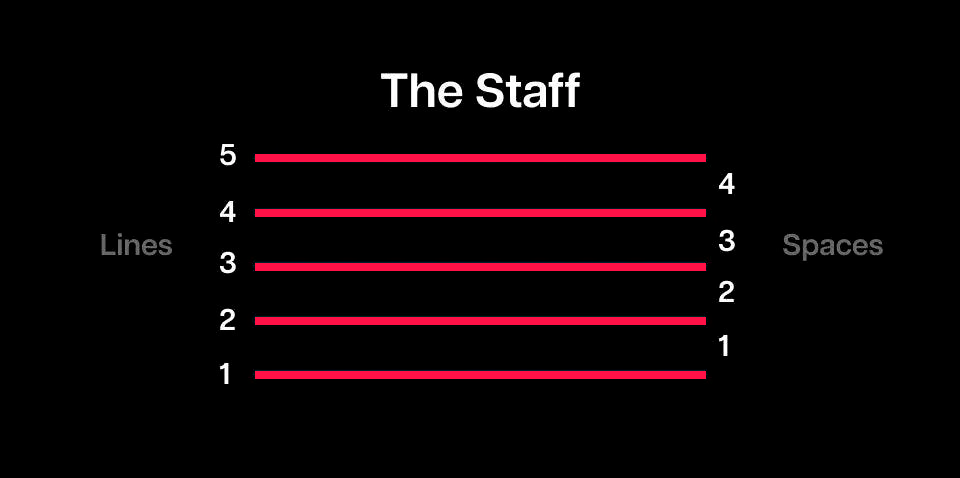
The Grand Staff
We already learnt about the musical staff. When we talk about the grand staff, it is basically a combination of two staves where one is positioned above the other. However, here you will find a brace that connects the staves.
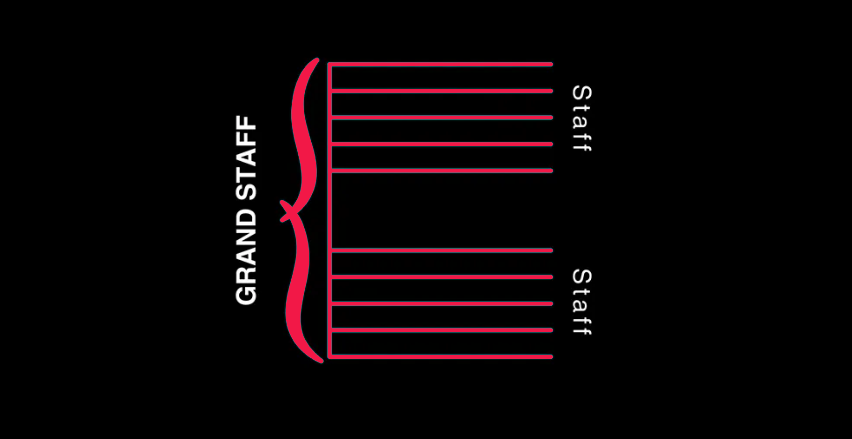
Clefs
Clefs are symbols located at the beginning of the song/piece that indicate the pitch range of the notes. The common clefs are the Treble Clef and Bass Clef.

The Treble Clef, also called the G Clef, is used for better-pitched notes and is normally used for contraptions like the violin, flute, and the proper hand of the piano.
The Bass Clef, also referred to as the F Clef, is used for decrease-pitched notes and is commonly used for devices like the cello, bassoon, and the left hand of the piano.
Understanding clefs is vital for reading song notes accurately because they provide the context needed to decide the pitch of the notes at the personnel.
Suggested Read: Ways to Teach Your Child Piano Notes
Note Positioning on the Staff: Scales and Intervals for Reading Rhythms
Each line and space in the staff corresponds to a particular function.
For example, inside the Treble Clef, the lines from bottom to top constitute the notes E, G, B, D, and F. The spaces in between constitute the notes F, A, C, and E.
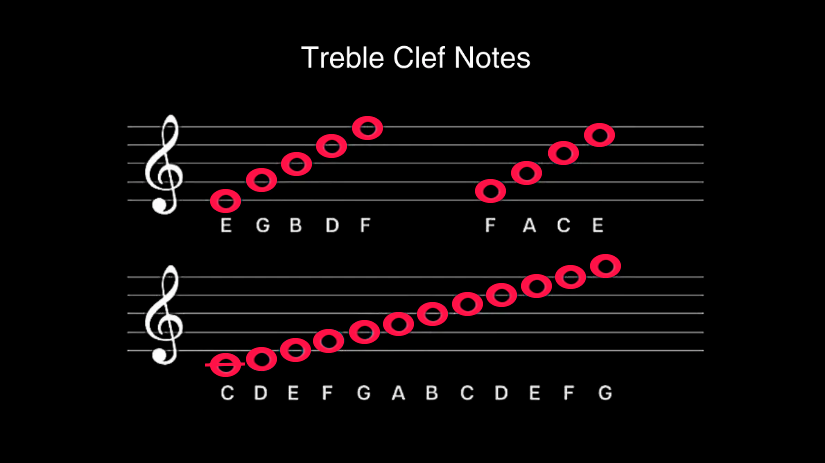
Here are some G-clef acronyms that can help you remember them easily:
- Every Good Boy Does Fine (lines).
Similarly, for spaces, FACE is a similar word like the “face.”
In the Bass Clef, the lines constitute G, B, D, F, and A, while the spaces constitute A, C, E, and G. Notes can also be placed above and under the staff. 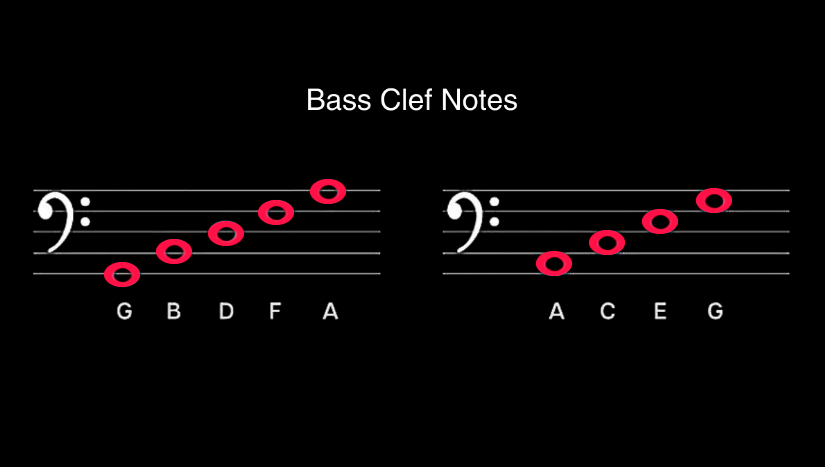
Here are some F-clef acronyms that can help you remember them easily:
- Good Boys Do Fine Always (lines).
- Good Boys Deserve Fudge Always (lines).
- All Cows Eat Grass (spaces).
Sheet Music Symbols and Notes on a Staff
Generally, we place notes on the staff and this will help us know which note letter to play on our instrument. It also tells us how long to play it. A note usually has three parts; the note head, the stem, and the flag.
Every note will have a note head and it can be either filled (showing in black) or open (shown in white). The note head is placed on the staff either on a line or space. This allows us to determine which note to play. Filled noteheads mainly indicate shorter note durations whereas open ones indicate longer durations.
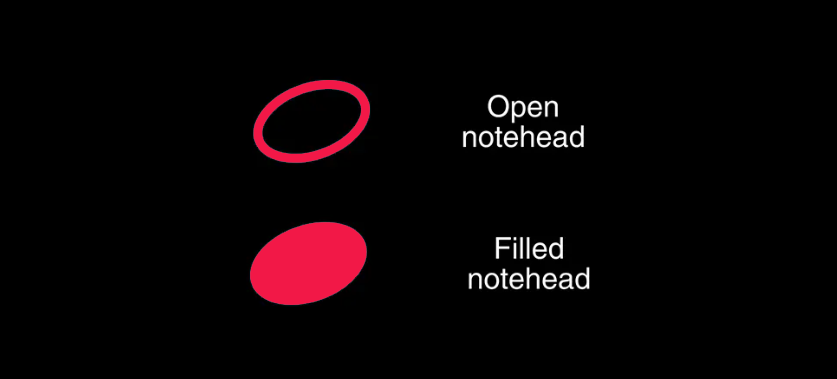
Alternatively, sometimes you will see note heads that are present above or below the five lines and four spaces of a staff.
In such cases, a line (known as a ledger line) is drawn through the note. They are present either above the note or below the note head. This is done to indicate the note letter to play, as in the B and C notes above.
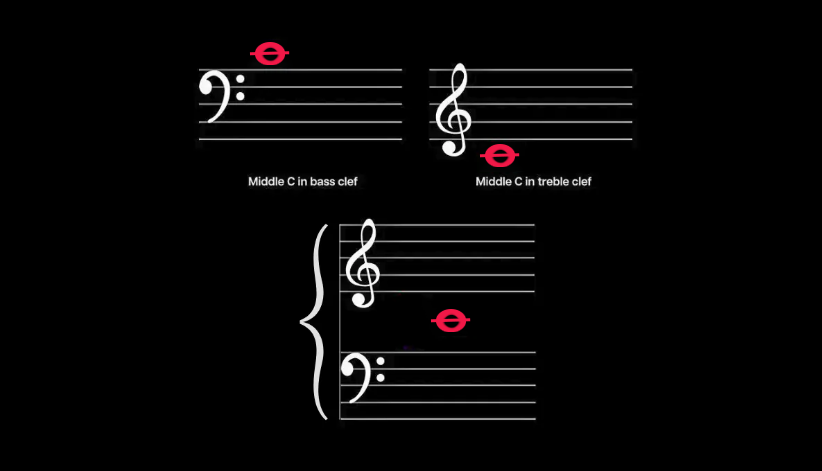
A note head will also have a thin line that extends either up or down. This line is called the note stem. Usually, if it is pointing upward the line extends from the right. Similarly if it is from the left if it is pointing downward.
You will have to remember that any notes at or above the “B” line on the staff have downward pointing stems. On the other hand, those notes below the “B” line have upward pointing stems.
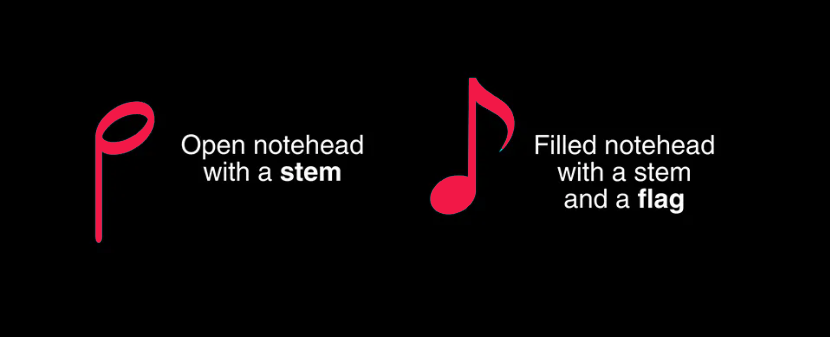
Coming to the “note flag” it can be seen as a curvy mark that is present at the right of the note stem. What is its purpose? It tells you how long to hold a note. For instance, if you see a single flag, it is meant to shorten the note’s duration. If you find multiple flags it means the duration is shorter.
The stem is a thin vertical line that is attached to the notehead. If it is pointing up it is positioned on the right side. Likewise, it is present on the left side when facing down. You have to note that the direction of the stem does not affect the note.
Understanding Rhythm
Musical notes tend to have different playing durations and pauses (rests). So, we use rhythmic notation to communicate the timing of that particular sequence.
Note and Rest Values
To put it in simple words, the value of a note tells the musician how long it should last. Technically we use the terms whole notes and half note but there are also quarter, eighth, and sixteenth notes.
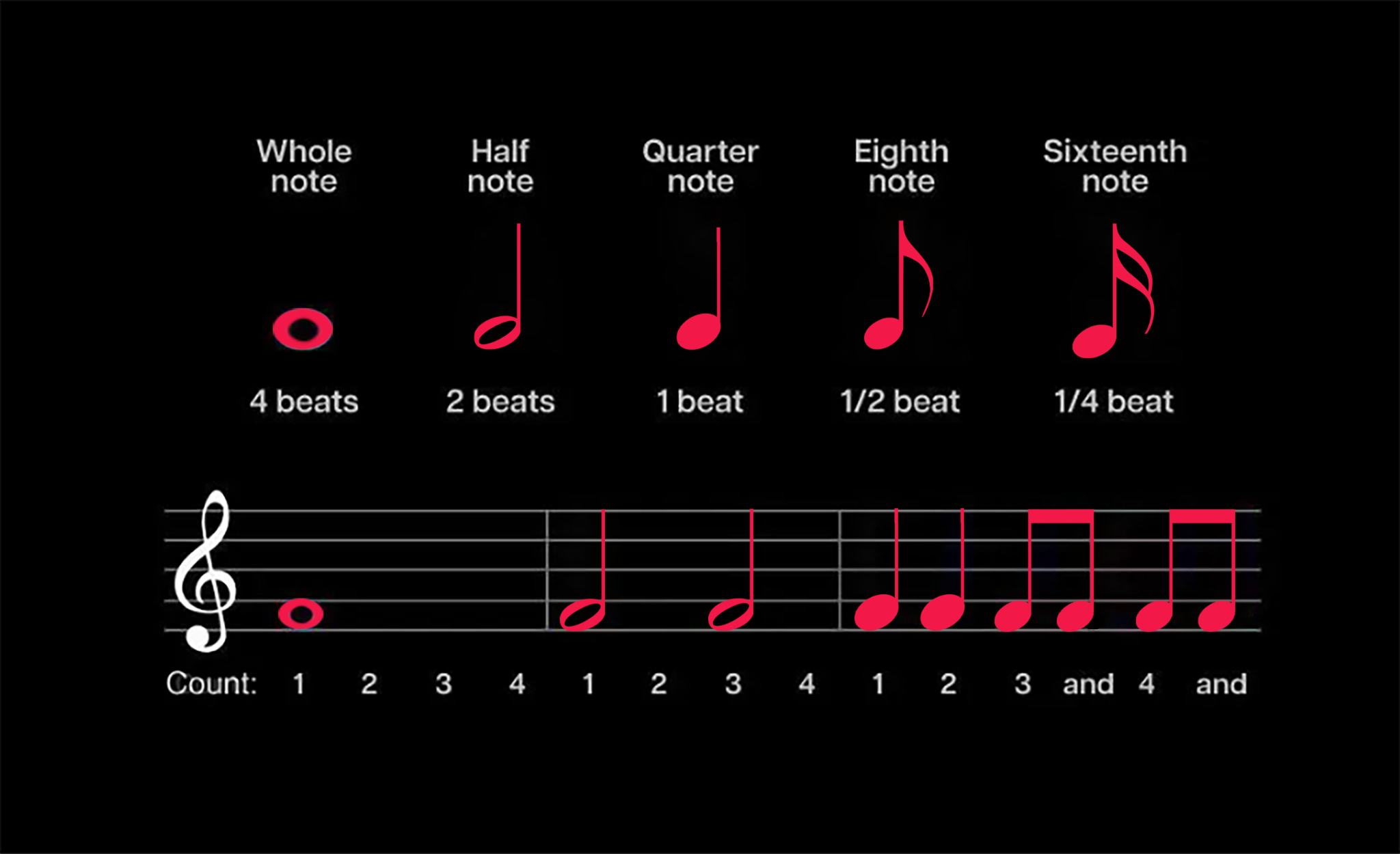
A set of musical symbols is used to let the musician know how long to hold each note and when to rest or pause. You will normally see the rest symbol either above or below the middle line of the staff. It depends on the type of rest. Common types are:
- Whole rest: It is a rectangle symbol that is positioned just below the middle line of the staff.
- Half rest: This is also a rectangle symbol that is placed above the middle line of the staff.
- Quarter rest: This symbol is shaped closely to the number 7 and is found above the centre line.
- Eighth rest: This symbol resembles the number 7. It usually is added above the centre line, but you will also find a flag-like mark.
- Sixteenth rest: This looks similar to the eighth rest, but with two flag-like marks at the top. This one is also placed above the middle line.

Additionally, you can extend the length of a note using either ways. For example you can add a dot after the note head. This adds another half of that note’s duration to it. For your understanding if you take a half note and add a dot, it would equal a half note and a quarter note.
And there is something called a tie. This may also be used to extend a note. If two notes are tied together then a musician needs to hold them as long as the value of both of those notes together. Using this symbol signifies holding notes that cross measures or bars.

Key Signatures
Sometimes a music composer or an arranger may decide to have notes that are flat or sharp throughout a song or a piece. For this, there are key signatures (again symbols) that act as special clues for a musician. It is mostly written at the start of a piece. These clues let musicians know which notes should be played.
They are also known as accidentals and consist of sharps and flats.
If you see a flat symbol in the key signature it indicates that the pitch of the note is lower on the corresponding line or space by a half-step (or semitone).
On the other hand, sharps in the key signature tend to do the opposite. They raise the pitch of notes on the corresponding line or space by a half-step.
Before we forget, there is one more symbol to understand and that’s the natural. It is denoted by a ♮ symbol. Its function is to basically cancel a sharp or flat within a measure or a song.
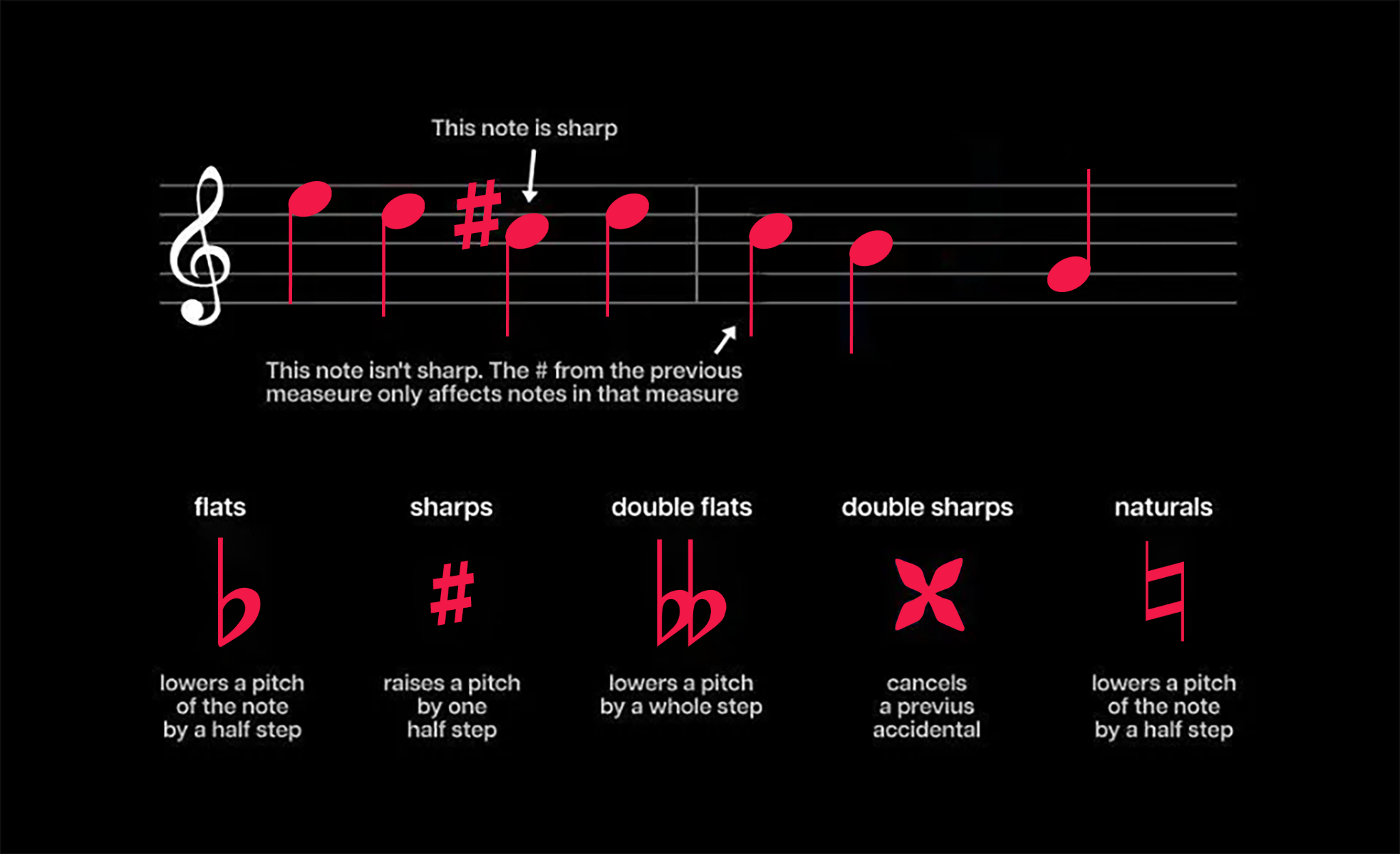
Measures, Bars and Time Signatures
These are important aspects of music notation and you need to be able to read them early on.
When playing music there is a measure that organises notes visually into rhythmic units. We call it the time signature which is usually given at the start and used to determine the number of beats in a measure.
The time signature consists of two numbers placed in top and bottom and divided by a line which is called a bar.
If we were to interpret it, the top number shows you how many beats are in each measure. As for the bottom number, it indicates the type of note that represents one beat.
For instance, if you see a 4/4 time signature on the sheet, it basically means there are four beats per measure. A quarter note will represent each beat.

Playing a Melody: Scales and Intervals
Scales and intervals help musicians apprehend the connection among notes. A scale is a chain of notes in ascending or descending order, like the C Major scale (C, D, E, F, G, A, B, C).

Intervals are the distances among notes, such as a second (C to D), a 3rd (C to E), or a fifth (C to G). Learning these concepts allows in reading track notes and gambling them successfully. By practising scales and intervals, musicians expand a higher feel of pitch and harmony, making it less complicated to examine and interpret music.
Simple Guide to Music Theory
Music principle is the study of the way music works. It consists of information scales, chords, and rhythms. Basic music principle helps in gaining knowledge of song notes by supplying a framework for the way they fit collectively. For instance, knowing that a C Major chord consists of the notes C, E, and G facilitates you to recognize and play that chord whilst you see it in sheet music.
A simple guide to track principle will cowl the predominant and minor scales, the way to build chords, and the basics of rhythm. Major scales have a satisfied, vivid sound, at the same time as minor scales have a sadder, extra sombre tone. Chords are built through stacking notes on the pinnacle of each different, commonly in thirds. Understanding rhythm includes spotting one-of-a-kind word values (like entire notes, 1/2 notes, quarter notes) and the way they are healthy into a measure. This know-how will make analysing track notes simpler and greater intuitive, as you will see styles and systems that repeat across one of a kind pieces of tune.
Useful Hints for Acquiring Notes
Practise frequently to end up talented at analysing track notes. Start with simple portions and regularly pass to greater complex ones. Use mnemonic gadgets to not forget the names of notes in the workforce.
For example, for the lines of the Treble Clef, you could use “Every Good Boy Deserves Fudge,” and for the areas, “FACE.” For the Bass Clef, the strains can be remembered with “Good Boys Do Fine Always,” and the areas with “All Cows Eat Grass.”
Another useful trace is to concentrate on the song whilst following at the side of the sheet song. This enables associating the visible issue of notes with their sounds. Playing in conjunction with recordings or the usage of song learning apps also can be useful. Don’t rush the getting to know technique; take your time to apprehend each concept thoroughly. Break down portions into smaller sections and prepare them repeatedly until you experience cushty.
Also Read: How Music can Benefit your Child’s Mental Health
Summing it up!
Learning the way to study music notes is a thrilling journey that opens up new possibilities within the music community. By understanding the fundamentals of musical notation youngsters can begin to study and play songs with self assurance. It’s an ability that, once mastered, will provide infinite leisure and possibilities for creative expression.
Nonetheless, you also have to remember, practice and endurance are key. With the combination of all these things, you’ll be well on your way to becoming talented in not only reading music notes but you’ll become a more skilled performer.
Keep exploring, working towards, and enjoying the world of music. Whether you aim to play an instrument, sing, or compose your own music, the capability to study music notes is a useful skill on the way to support you at some stage in your musical journey.


